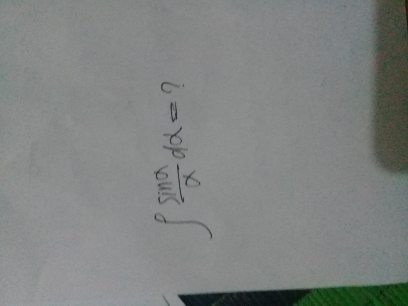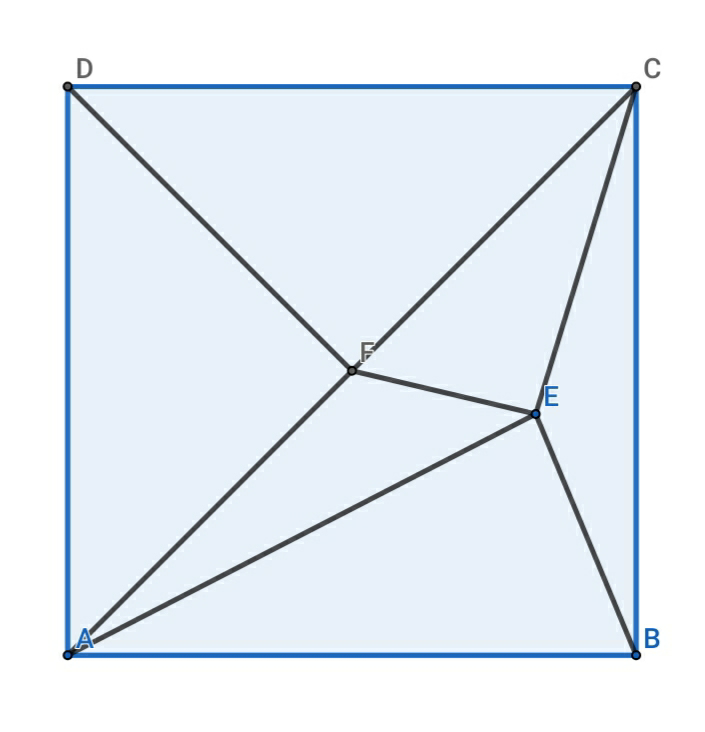
AllQuestion and Answers: Page 1415
Question Number 70395 Answers: 1 Comments: 1

Question Number 70394 Answers: 1 Comments: 0
Question Number 70397 Answers: 0 Comments: 1

Question Number 70390 Answers: 0 Comments: 0

Question Number 70423 Answers: 2 Comments: 1

Question Number 70385 Answers: 1 Comments: 0
Question Number 70383 Answers: 0 Comments: 1
Question Number 70399 Answers: 1 Comments: 3
Question Number 70370 Answers: 1 Comments: 4
Question Number 70369 Answers: 0 Comments: 1

Question Number 70361 Answers: 0 Comments: 0
Question Number 70312 Answers: 1 Comments: 1
Question Number 70364 Answers: 0 Comments: 3
Question Number 70310 Answers: 3 Comments: 1
Question Number 70277 Answers: 2 Comments: 0

Question Number 70270 Answers: 1 Comments: 0
Question Number 70262 Answers: 0 Comments: 1
Question Number 70256 Answers: 0 Comments: 1

Question Number 70253 Answers: 0 Comments: 3

Question Number 70252 Answers: 1 Comments: 0
Question Number 70287 Answers: 0 Comments: 2
Question Number 70232 Answers: 0 Comments: 3
$$\mathrm{Solve} \\ $$$${xy}'\:−\:{y}\:\mathrm{sin}\:{x}\:+\:{y}^{\mathrm{5}} \:=\:\mathrm{0} \\ $$
Question Number 70230 Answers: 0 Comments: 2

Question Number 70219 Answers: 0 Comments: 1

Question Number 70296 Answers: 1 Comments: 1

Question Number 70225 Answers: 1 Comments: 3

Pg 1410 Pg 1411 Pg 1412 Pg 1413 Pg 1414 Pg 1415 Pg 1416 Pg 1417 Pg 1418 Pg 1419
